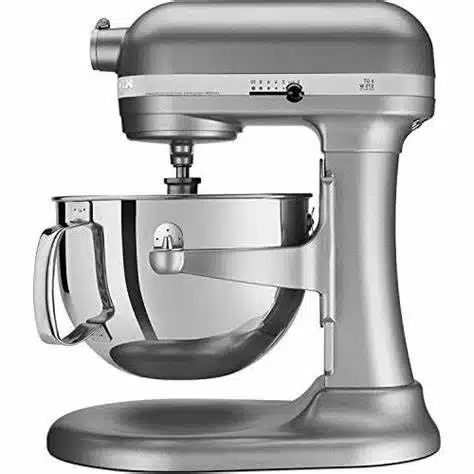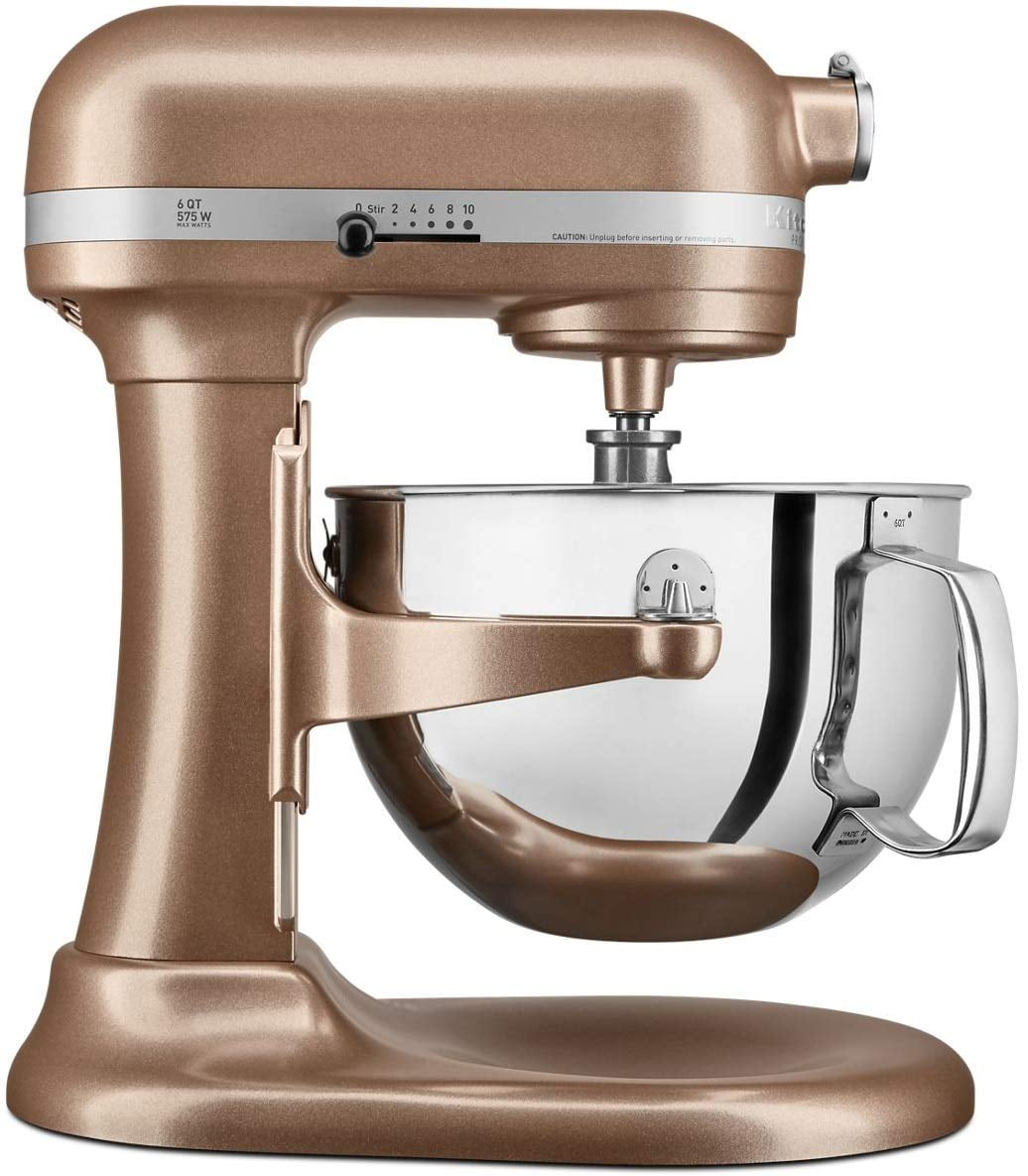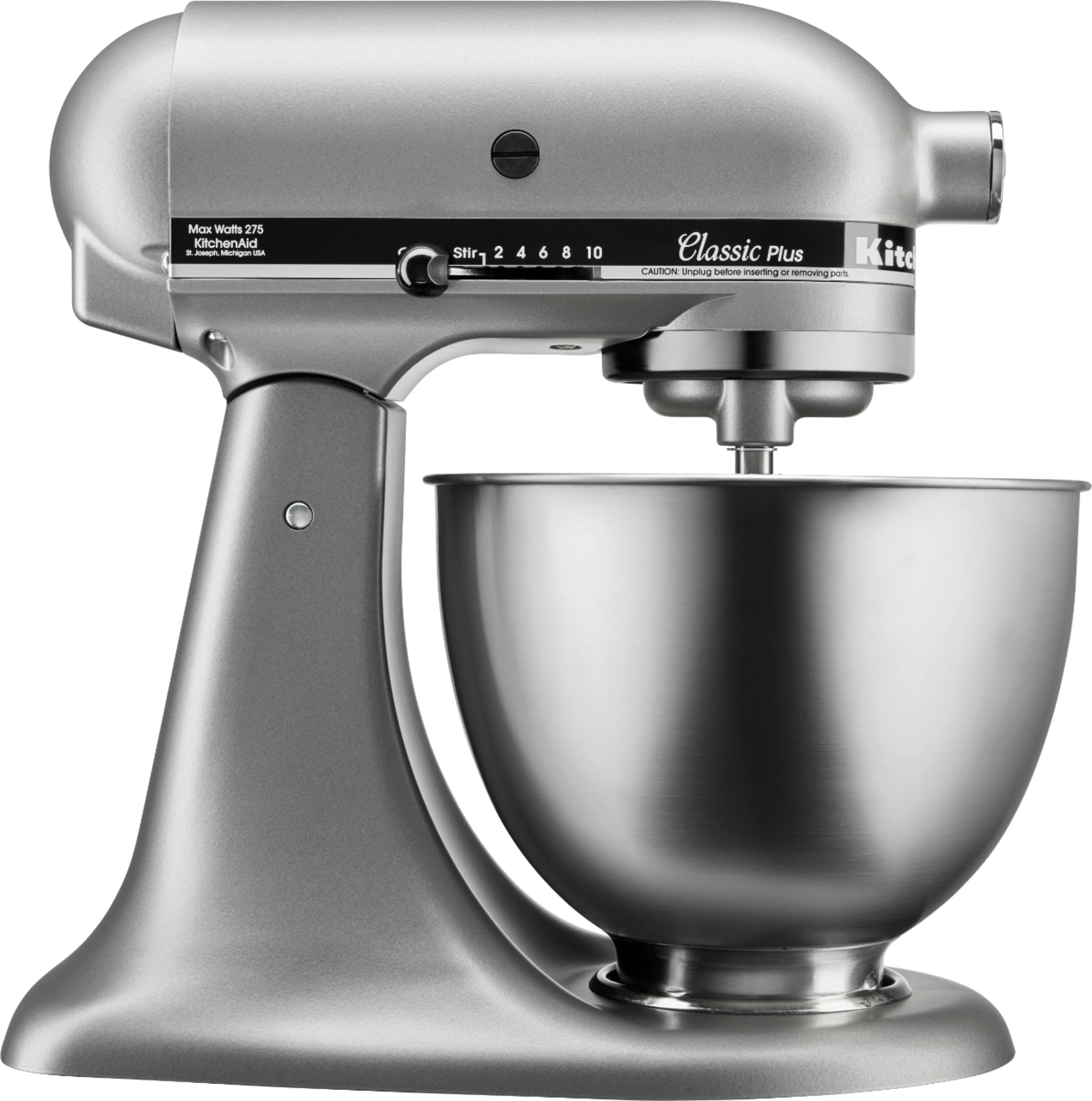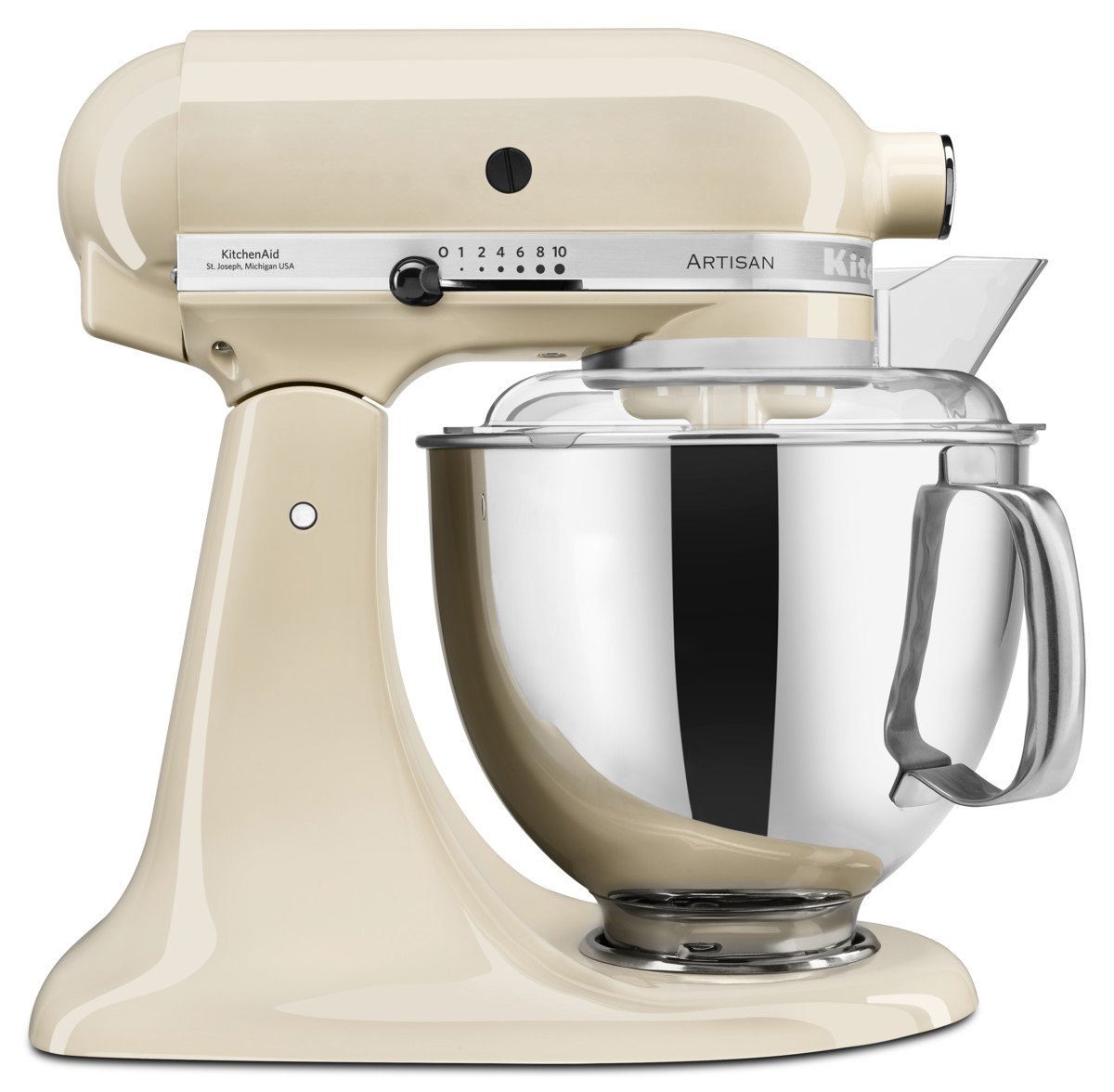
KitchenAid stand mixers are beloved kitchen appliances found in many homes. With their powerful motors and versatility, KitchenAid mixers can whip up everything from cake batters to bread doughs. But one thing that gives some people pause is their weight. KitchenAid mixers tend to be substantial in size and heft.
So just how heavy is a KitchenAid mixer? In this blog post, we’ll provide a detailed breakdown of KitchenAid mixer weights by model and bowl capacity. Whether you’re looking to buy your first stand mixer or upgrade to a larger capacity, understanding the weight difference can help guide your purchasing decision.
There are several product lines of KitchenAid mixers that range in size, power, and weight. Here’s an overview of the weights for current and recently discontinued KitchenAid mixer models:
As you can see, weight increases with both bowl size and overall build quality on KitchenAid mixers. Their popular 5 qt models range from 26-30 pounds depending on the product line.

In addition to models, bowl capacity also affects KitchenAid mixer weight. Let’s look at weights for key bowl sizes:
While 5 quart is the standard, larger bowls spread out the weight over a bigger footprint. But they add several pounds over smaller capacity bowls.

When assessing KitchenAid mixer weight, it’s not just the overall heft, but also how the weight is distributed. Thoughtfully designed KitchenAid mixers have weight balanced towards the base. This gives them a low center of gravity that adds stability when mixing heavy loads.
The motor is located in the head, while the gearbox and transmission are in the rigid die cast base. This weight distribution coupled with the sturdy build minimizes shaking or rattling during use. It also prevents the mixer from “walking” along the counter, even when kneading stiff dough at higher speeds.
So while KitchenAid mixers are undeniably heavyweight appliances, the weighting contributes to their unparalleled stability and mixing action.

Okay, so KitchenAid mixers weigh anywhere from 26 to 40 pounds. That leaves many wondering—how hard are they to move?
While not light, KitchenAid mixers are engineered with lifting and portability in mind. Here are some tips for maneuvering that heavyweight mixer:
While heavy, thoughtful handling minimizes the challenges of moving KitchenAid mixers. Their weight provides the stability desired in a high-performance stand mixer.

When using your KitchenAid mixer, you’ll also want to account for the weight of attachments and loaded bowls. Here are typical weights to expect:
The heaviest accessory is the bowl itself, especially when loaded up during baking tasks. When removing full bowls, be sure to use oven mitts and grasp from the bottom with both hands.
KitchenAid stand mixers undoubtedly represent a major investment. And their heft gives many prospective owners pause. But most users find that the stability and durability afforded by the weight is well worth it.
The weight difference between a KitchenAid and a light plastic mixer is significant. But so is the difference in performance, longevity, and versatility. KitchenAid’s thoughtful engineering strikes an ideal balance.
So while daunting on paper, the weight delivers an unmatched mixing experience. And with careful handling, it’s easy enough to move and store even substantial models. Just be sure to use proper lifting techniques and account for loaded bowls.
If you’re looking to purchase a KitchenAid stand mixer, don’t let the weight deter you. Focus instead on choosing the appropriate capacity and features for your needs. Then follow these tips to smoothly integrate your new mixer into your kitchen!

What is the heaviest KitchenAid mixer model?
The heaviest KitchenAid mixer is the Commercial 8-quart model which weighs 35 pounds empty. Larger capacity professional models with 10-quart bowls can also weigh up to 40 pounds.
Is a 5 or 6 quart KitchenAid mixer too heavy?
The standard 5-6 quart KitchenAid mixers that most home bakers choose weigh between 26-32 pounds. While not lightweight, this very manageable for a sturdy stand mixer that will last for years.
Should I get a smaller bowl if I can’t lift a heavy mixer?
Opting for a 3.5 quart bowl will shave off several pounds. But you may quickly find it too small. Focus instead on proper lifting techniques and getting help moving larger models. The weight is worth it for the performance.
Wrapping Up
KitchenAid stand mixers have undeniable heft. But the weighting delivers much-needed stability and longevity. While heavy models require care in handling, the weight difference is modest between most 5-8 quart options. With good lifting habits and help when needed, even larger KitchenAid mixers can work smoothly in home kitchens. Let their performance speak for itself, not just the number on the scale.
